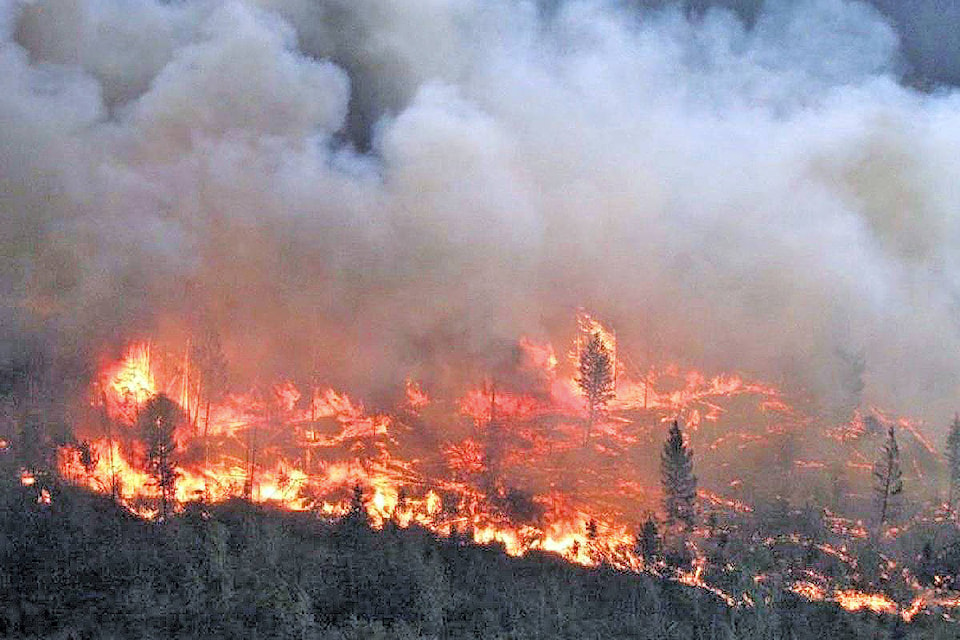A team of UBC forestry researchers say they have come up with a way to predict when human-caused wildfires are most likely to occur in the spring.
The team, lead by postdoctoral fellow Paul Pickell, used satellite images to track when forests begin to go green in the spring, and used the data to predict the risk of human-caused wildfires.
READ: After 70 days, B.C. state of emergency to end
Going back to the year 2000, they saw that their system was accurate to within 10 days by the end of March, including last year’s catastrophic fire in Fort McMurray.
“We found that the conditions were just right in the spring of 2016 to allow the Fort McMurray fire to spread rapidly to the surrounding leafless vegetation,” Pickell said in a news release Monday.
“This could be a really cost-effective tool for wildfire managers to help them determine where they should deploy their firefighting resources, and the early warning may be available for most forests before the start of the fire season.”
The research, published in Scientific Reports, says the “spring burning window” – which occurs between snow melting and when plants sprout new greenery – is the riskiest time for human-caused wildfires in B.C. and Alberta.
As people delve further and further into the forests, the report says, the chances that they will cause fires increase, as do the chances of those fires damaging communities.
VIDEO: Young parents’ dream turns to nightmare in wildfire
About 40 per cent of wildfires in B.C. have been caused by people over the past 10 years.
This year, nearly 50,000 people were evacuated from their homes as more than 1,200 fires burned up more than one million hectares of forests around the province.
Like us on Facebook and follow us on Twitter.



